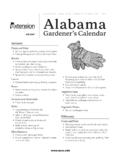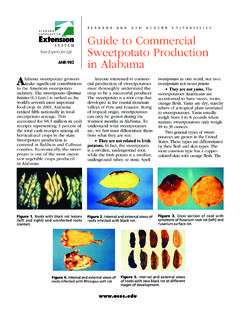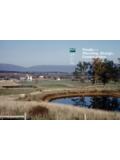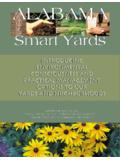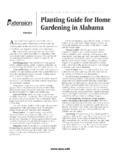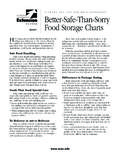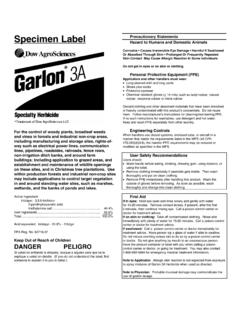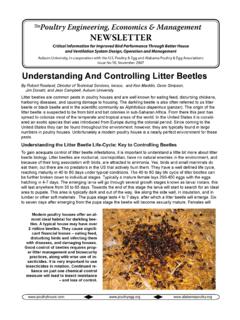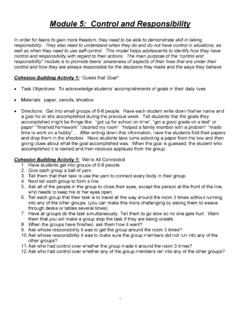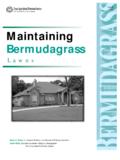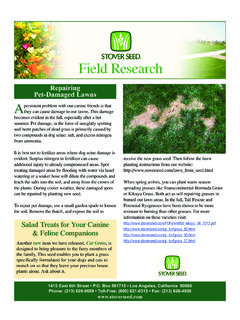Transcription of CROPS Management of Fall Armyworm in Pastures and Hayfields
1 The fall Armyworm , Spodoptera frugiperda, is a chronic pest in the Southeast. More than 60 plants have been reported as hosts of the fall Armyworm , including forage grasses, corn, alfalfa, cotton, soybeans, and most vegetable CROPS . There are two strains of the fall Armyworm , the rice strain and the corn strain. The rice strain caterpillars feed on a variety of forage CROPS , but seem to prefer lush, green, well-fertilized bermudagrass. Other forage grasses that are hosts for fall Armyworm are bahiagrass, pearl millet, sorghum-sudan hybrids, tall fescue, and various winter annuals including ryegrass, rye, wheat, and Occurrence As the name indicates, fall armyworms are most numerous in late summer or early fall .
2 Usually, reports of fall Armyworm damage begin to come in during late July or early August. First reports are usually from southern Alabama. There are three or more generations of fall Armyworm each year. Each generation takes about 30 days under Alabama s summer conditions. Occasionally, severe outbreaks occur as early as armyworms are susceptible to cold and are unable to survive even the mildest winters in Alabama. Each ANR-1019 Management of fall Armyworm in Pastures and HayfieldsFigure 1. Relative amounts of food eaten by a fall Armyworm caterpillar during each growth stage. In summer, a caterpillar feeds for about 14 days, but most of the food is consumed in the last four The fall Armyworm is a chronic pest in the Southeast and can cause severe damage to grass and forage CROPS .
3 Damage varies in appearance and severity according to the type of grass and Management practices. They are most numerous in late summer or early , fall Armyworm moths, carried by air currents, make their way from southern Florida, southern Texas, and Central and South America. The size and timing of the initial moth flights are two factors that influence the outbreak potential of this conditions are favorable for the fall Armyworm . fall armyworms can be found up until the first killing frost in an area. However, the risk of damage declines as it gets cooler because the pest develops more slowly in cooler PatternsThe fall Armyworm is in the same insect family (Noctuidae) as cutworms and other armyworms.
4 fall Armyworm caterpillars damage grass by chewing plant tissue. fall armyworms are typically most active early in the morning, late in the afternoon, or in early evening, but on taller, unmowed grass, they can be observed feeding on foliage throughout the day. On closely grazed or recently mowed Hayfields , fall Armyworm larvae spend the warmer hours of the day deep in the (last molt)4th5th3rd2nd1st10 days4 days2 Alabama Cooperative Extension SystemManagement of fall Armyworm in Pastures and Hayfields 3 fall Armyworm damage often seems to appear overnight. Young armyworms don t eat much.
5 Almost all the damage is caused by the oldest caterpillars, which in four days of feeding, eat more than all the other ages put together (fig. 1). Therefore, an infestation may have been present but not detected because of the small size of the caterpillars. Another reason for the sudden appearance of this insect is that the larger fall armyworms will sometimes march into (quickly invade) an uninfested area in search of food once an adjacent field has been defoliated (fig. 2). Large armyworms frequently disappear almost as suddenly as they appeared, either burrowing into the ground to pupate or moving on in search of food.
6 Figure 2. fall armyworms marching from right to left across a pasture completely defoliating the foliage as they 3. fall Armyworm damage on closely mowed grass. Note brown patches resembling drought Armyworm damage may vary in appearance and severity according to the type of grass and Management practices. In closely grazed fields, the grass may seem to thin out and develop brown spots similar to those sometimes seen on golf courses (fig. 3). These spots look burned or browned out. This appearance is the result of grass plants rapidly dehydrating after fall Armyworm larvae have chewed off the tender foliage.
7 For this reason, fall Armyworm damage often resembles drought Hayfields or in Pastures , virtually all tender green material may be removed, leaving only tough stems a Figure 4. fall Armyworm damage in a hayfield. Caterpillars have eaten the tender, green portions of the grass, leaving jagged leaf edges and tough leaf Alabama Cooperative Extension SystemManagement of fall Armyworm in Pastures and Hayfields 3 Figure 5. Adult fall Armyworm . (Photo credit: B. R. Wiseman, USDA ARS, )wings are mottled and have white or light gray spots near the tips. The back wings are white with a narrow, smoky-brown edge.
8 Moths become active at twilight and feed on nectar. They have an average life span of 2 to 3 The female moths lay eggs at night in masses of several hundred. They prefer to lay eggs on light-colored surfaces such as fence rails, tree trunks, and the underside of tree limbs. They will also lay eggs on the grass itself. Most eggs are laid 4 to 9 days after the female emerges from the pupal stage. The eggs are light gray and covered with grayish fuzz from the female s body. These masses darken with age, and the eggs hatch within 2 to 4 days. All the eggs within a mass hatch at about the same (Caterpillars).
9 The tiny, light-colored, black-headed larvae spin down to the ground on silken webs and begin to feed. As they grow, their bodies darken and noticeable stripes appear. When fully grown, larvae may be up to 11 2 inches long and vary in color from light green to almost black with several stripes along the body (fig. 6). The face is marked with a light-colored inverted Y. Just behind the head, on the back of the caterpillar, you will see three thin white stripes running the length of the next segment. Sometimes these lines extend along the length of the caterpillar, as seen in figure 4. There are usually small dark spots on the top side of each segment of the body.
10 On the next-to-last segment, these spots are arranged like the corner points of a square (fig. 7) Under summer conditions, caterpillars feed for about 14 days and most of the feeding is done in the last four days after the caterpillar molts into its largest size. Development of all stages of the fall Armyworm is driven by temperature, so as temperatures cool in autumn it will take longer for the caterpillars to develop. Caterpillars can few inches long protruding from the soil surface (fig. 4). Brown patches appear in the field and can rapidly increase in , healthy bermudagrass is rarely killed by fall armyworms, but the complete defoliation caused by a severe infestation weakens plants and deprives livestock of pasture or a hay producer of a hay Armyworm damage on newly established grasses including winter annuals, tall fescue, or orchardgrass can be an even more serious situation.
